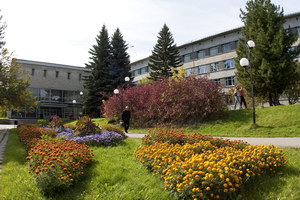On modeling of the initial stage of nonstationary nucleate boiling for the high heat fluxes

During recent years, there have been made significant achievements in the numerical description of the bubble boiling, particularly, in the calculation of the bubble growth dynamics, the nucleation density, and the bubble boiling threshold [1, 2]. However, the numerical prediction is mostly based on the empirical correlations, the accuracy of which does not exceed 20%. Boiling is a complicated process, where each parameter affects not only the general outcome but other parameters, too. The non-stationary heat release is most difficult for modeling, because many of the existing researches are based on analytical expressions for the fluid temperature distribution. The basic stages of the explosive boiling are: (i) heating of the wall to the nucleation temperature; (ii) nucleation of the isolated bubbles; (iii) merging of bubbles and coverage of the entire surface by the steam phase; (iv) heating of the surface to the Leidenfrost temperature and transition to the boiling crisis. This paper presents results of the experimental study for the initial stages of the explosive boiling (i) and (ii), as well as an attempt to simulate them in order to clarify whether the existing approaches can be extended to the case of the nonstationary heat release. © The Authors, published by EDP Sciences, 2018.
Библиографическая ссылка
Levin A., Khan P. On modeling of the initial stage of nonstationary nucleate boiling for the high heat fluxes // MATEC Web of Conferences. Vol.240. ID: 01018. 2018. DOI: 10.1051/matecconf/201824001018


